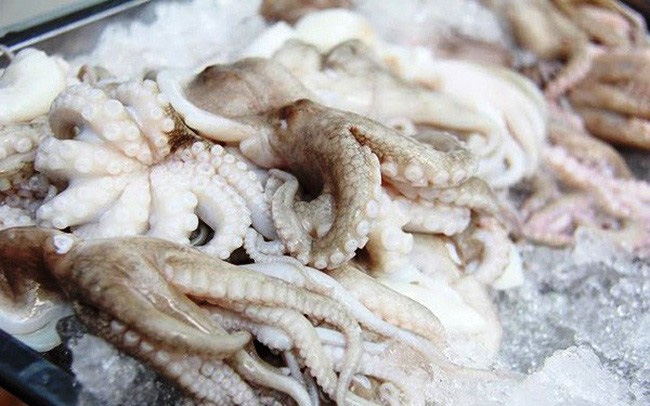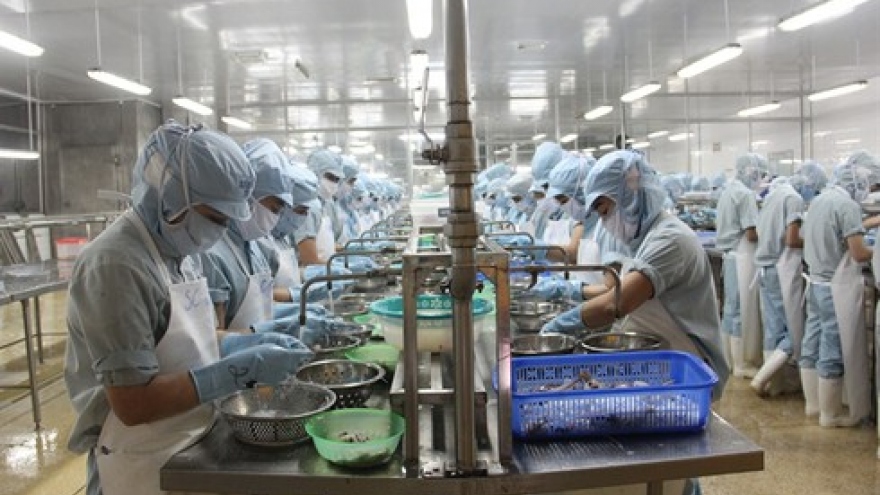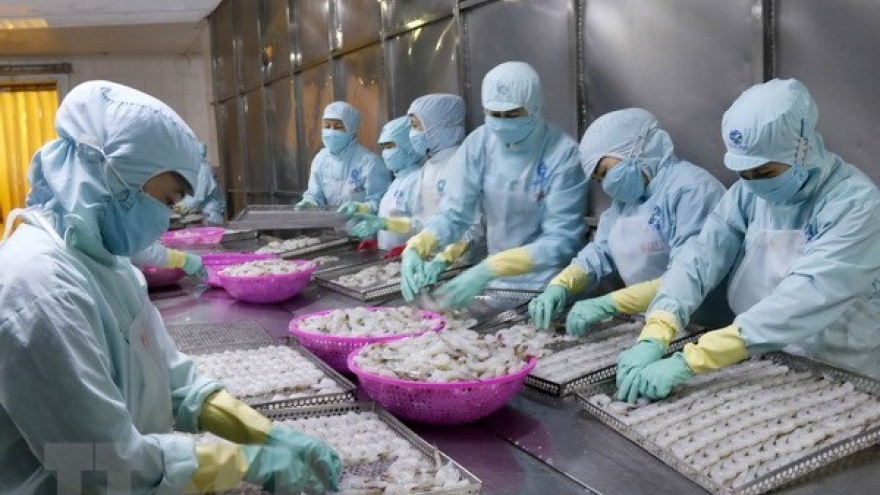Vietnamese squid and octopus exports to China surge
VOV.VN - The nation’s export of squid and octopus to the Chinese market enjoyed a strong rise of 59% during the first seven months of the year to reach approximately US$22 million.
July alone saw the country’s squid and octopus exports reach a figure of US$4.3 million, an annual increase of 84%.
At present, China represents the fifth largest import market for domestic squid and octopus, making up 7.6% of the nation’s total export value of squid and octopus.
Furthermore, squid and octopus exports to the Republic of Korea (RoK) and China in July witnessed an increase, while exports to Japan and the EU have yet to record positive growth.
Currently, the RoK remains the largest buyer of Vietnamese squid and octopus, accounting for 42.2% of overall sales. Indeed, exports to the RoK market surged by 20.4% in July. This comes following consecutive decreases in previous months, with squid and octopus exports to the RoK during the first seven months of the year suffering a decline of 10.6%, reaching approximately US$123 million.
The Vietnam-Korea Free Trade Agreement, which took effect as of December 20, 2015, also contributes to significantly supporting export activities to the market.
Moreover, Japan made up the second largest import market with a share of 23.7%, although the figure during the first seven months of the year also fell by 21%.
Most notably, squid and octopus exports to the EU registered the sharpest drop, suffering a plunge of 44% against the same period from last year, reaching just over US$22 million. This can largely be put down to the illegal, unreported, and unregulated fishing yellow card, coupled with the impact of the novel coronavirus (COVID-19) epidemic.
In the context of complicated developments relating to COVID-19 and the shortage of materials, the import demand of squid and octopus globally, in addition to Vietnamese squid and octopus exports, is predicted to continue declining in the near future.
As such, the country’s exports of squid and octopus during the course of the year are likely to decrease by 18%, reaching a figure of roughly US$473 million.



